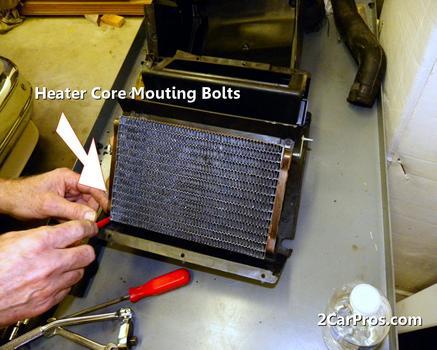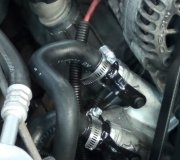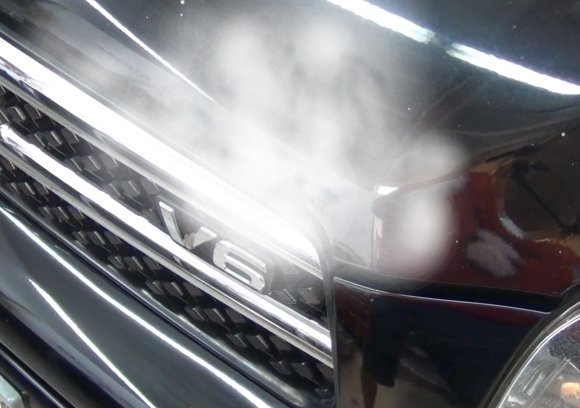Your vehicle is out of my area of expertise, but on some cars and trucks, $500.00 would barely get you started with repairs. Many require removal of the steering column and entire dash board to get to the heater box. Then the heater box must be removed and disassembled which includes discharging the air conditioning system and recharging it after reassembly.
I do know there are some Dodge trucks that have heater boxes that can be partially split apart to allow the heater core to be slid in and out, but I wouldn't try to cut corners like that on a customer's truck. I did that on some smashed trucks a friend was rebuilding. There was no need to fear breaking something else by performing this shortcut because we had new parts there if they were needed. Some vehicles are designed with future serviceability in mind, but most are designed to go together quickly on the assembly line.
Given the high cost of staying in business today, and the labor rates repair shops have to charge, unless someone else tells you different, I think $500.00 is very resonable for this repair, and it's not a reason onto itself to get rid of a vehicle if it hasn't given you a lot of other trouble. Just because a vehicle is newer doesn't mean it is more reliable.
It might help to know too that dealers and most independent repair shops use a "flat rate" guide. That's a book that lists every vehicle and every labor operation and the hours the job should take. They charge you and pay the mechanic for that many hours to do the work. If he is very experienced, has received lots of training, or has invested in many dollars worth of specialty tools, he can get the job done faster. You pay the same amount and he can move on to the next job sooner. If he runs into a problem, or worse yet, he causes a problem due to carelessness, he has to fix any mistakes, and he has to do over any procedures he didn't do correctly, but you still pay the same amount. That's the checks and balances between speed and efficiency, and carelessness.
Any shop that uses flat rate should bill you for the same number of hours. Only their hourly labor charge will vary. Some shops just pay their mechanics by the hour to stop them from trying to save time by cutting corners, but they may still use the flat rate guide to charge you a fair amount for the job, even if it takes them longer than the book says it should.
That is another advantage of the flat rate guide. It allowed them to give you a fair estimate for repairs without first knowing how long it will actually take them.
Caradiodoc
Thursday, March 4th, 2010 AT 2:45 PM



